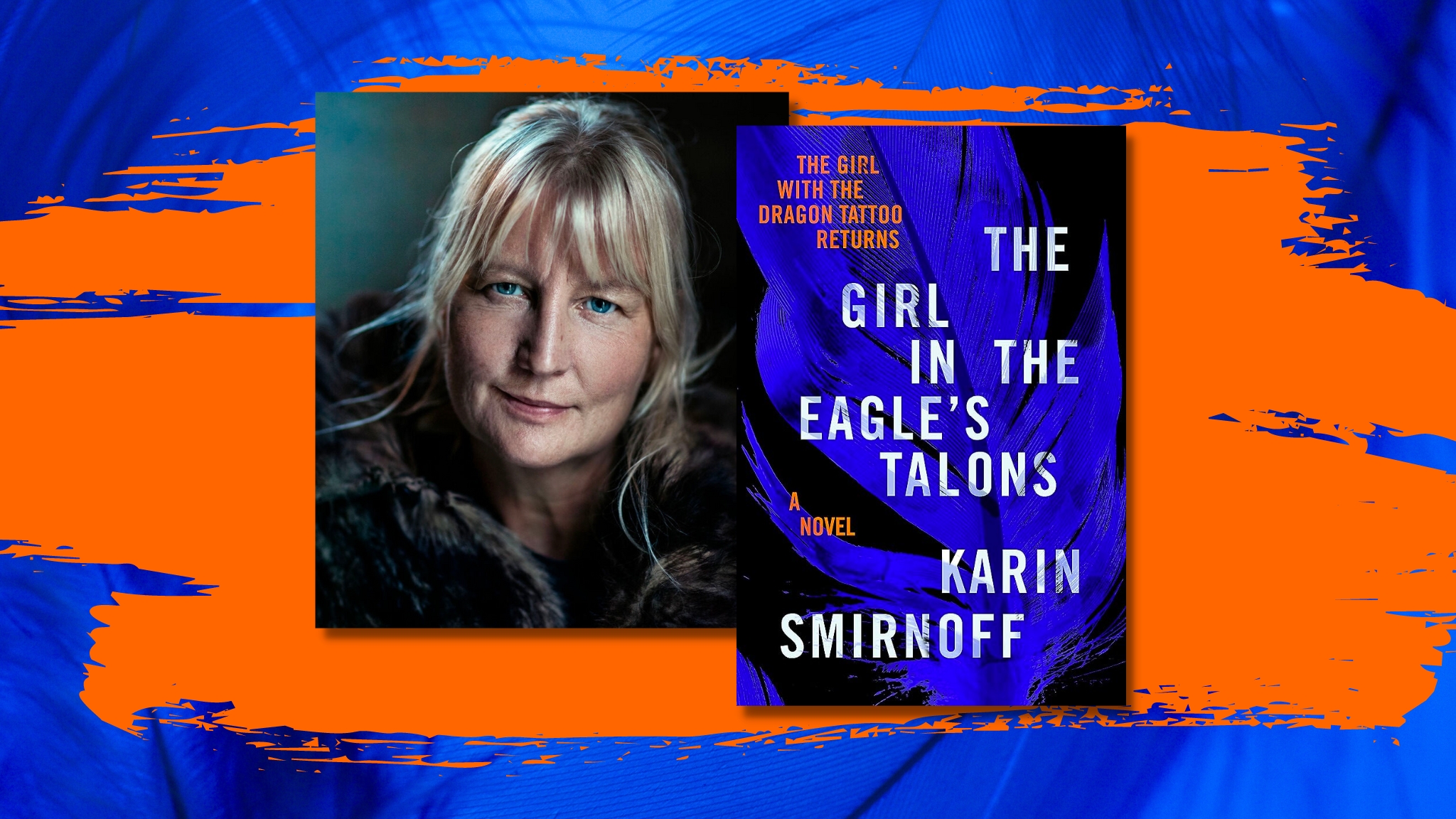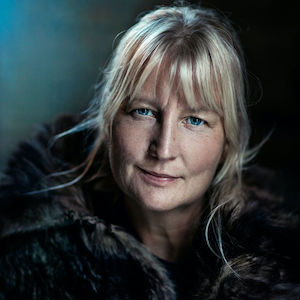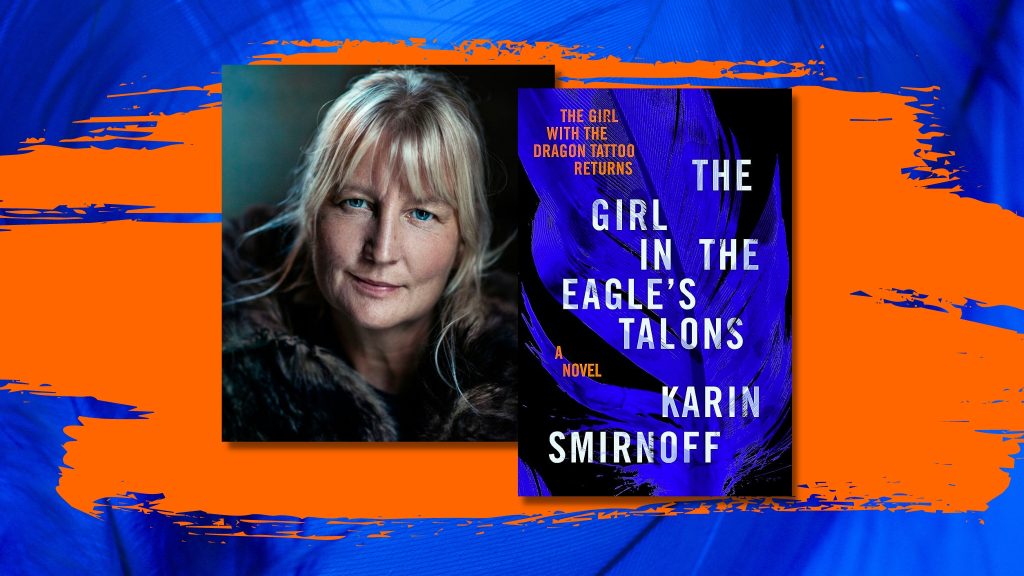
Stieg Larsson’s death in 2004 left a near impossible hole to fill for fans of Swedish crime fiction — his renowned Millennium saga, kicking off with the bestselling novel The Girl with the Dragon Tattoo, had quickly become a pop culture phenomenon, and the book’s legendary Gothic punk hacker Lisbeth Salander a global icon.
But Stieg had planned for 10 installments in the series, and so the mantle was quickly picked up for books four, five, and six by another Swedish journalist and author, David Lagercrantz. His efforts were met with mediocre enthusiasm. For the seventh book, The Girl in the Eagle’s Talons (Knopf), the Stieg Estate opted to go in a vastly different direction, passing the series into the capable hands of Swedish author, Karin Smirnoff.
“It is an honor and a great opportunity to continue the story about Lisbeth Salander, the main reason I accepted the task,” she says, in an interview with BookTrib. “Of course I said yes straight away.”
Smirnoff has the distinction of being the first female writer to take on the series, and she focused her attention on Lisbeth, stripping away some of the heroine’s near super-human qualities. In Steig’s original vision, Lisbeth didn’t conform to the superficial Hollywood mold of kick-ass characters — she’s short, thin, covered in piercings, socially awkward. Smirnoff wanted to bring this version of her back, in essence humanizing her while still advancing her character. Yes, she still drives a motorcycle, boxes, and knows how to wield a taser.
“I wanted her to be just as courageous, but be more of an anti-heroine, without superpowers,” Smirnoff says. “Someone closer to her feelings.”
Lisbeth is a loner, so Smirnoff invented Svala, Lisbeth’s 13-year-old niece who, through a series of unfortunate events, is in need of immediate guardianship. Lisbeth is reluctantly up to the task. Their relationship gets off to a rocky start — they are both similar and different from each other — but when thrown into danger, they begin to form a tentative bond.
In The Girl in the Eagle’s Talons, that danger comes in the form of a criminal underworld now operating in Sweden’s far north, an area rich in untapped natural resources, making it a landmine for betrayal, conspiracy, and crime. Lisbeth soon learns that Svala is in the thick of it.
Journalist Mikael Blomkvist is also heading north to Gasskas to visit his daughter, who is about to get married. Mikael has seen better days. With his Millennium magazine — his pride and joy — now defunct, he’s off his game, out of sorts and absent of the wit readers once lauded. There’s nothing wrong with his journalistic instincts though, and he is immediately suspicious of his daughter’s fiancée, who he believes has something to do with the controversy brewing in this northern town.
He, like Lisbeth, is a necessary component to the series, of course, but one Smirnoff admits she was less interested in writing about.
“He’s a difficult person and I don’t like him that much,” she says. “I find him quite boring. But at the same time, he’s a good guy who deserves more cred than being a person who chases women and lives for his articles.”
It’s one of the challenges Smirnoff welcomes as she navigates the next novels in the series. She’s well into the second installment of her three-book contract and is enjoying continuing to evolve Lisbeth’s character, while also giving young Svala her own arena in which to shine.
“I don’t think I’m a traditional crime writer,” she says. “For good or bad, of course. Sometimes, I long to get back to my own stories, but I love the feeling of writing when I must continue to know what will happen. Apart from Lisbeth, I’m very keen on Svala. I hope readers will enjoy getting reconnected with them in the next book.”
About Karin Smirnoff:
 Karin Smirnoff is a best-selling author in her native Sweden where her books have sold more than 700,000 copies. Her debut novel, My Brother, was nominated for the prestigious August Prize. She was born in Umeå, a small hamlet in northern Sweden, near where she now lives and a short drive from where Stieg Larsson himself grew up. (Photo Credit: Thron Ullberg)
Karin Smirnoff is a best-selling author in her native Sweden where her books have sold more than 700,000 copies. Her debut novel, My Brother, was nominated for the prestigious August Prize. She was born in Umeå, a small hamlet in northern Sweden, near where she now lives and a short drive from where Stieg Larsson himself grew up. (Photo Credit: Thron Ullberg)

